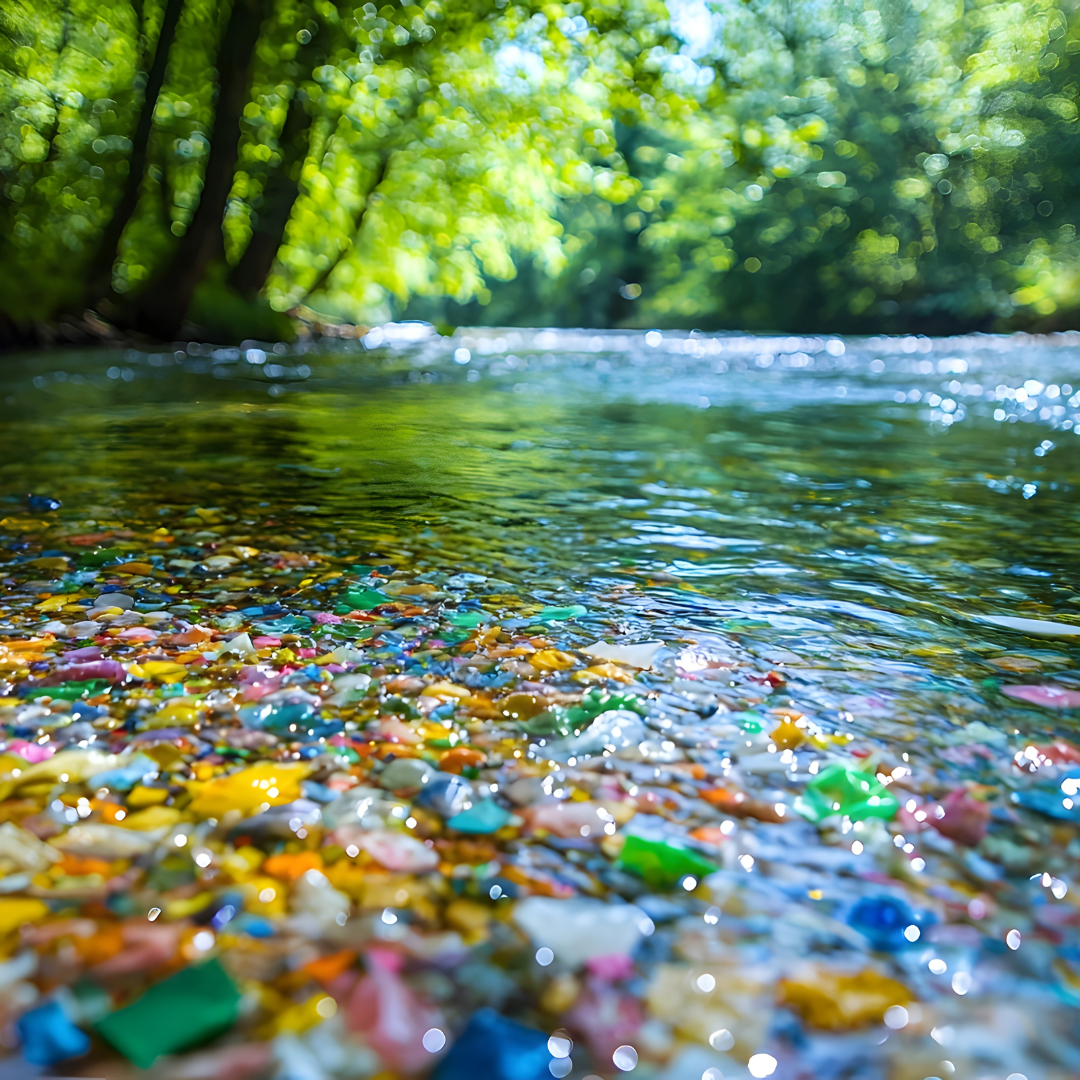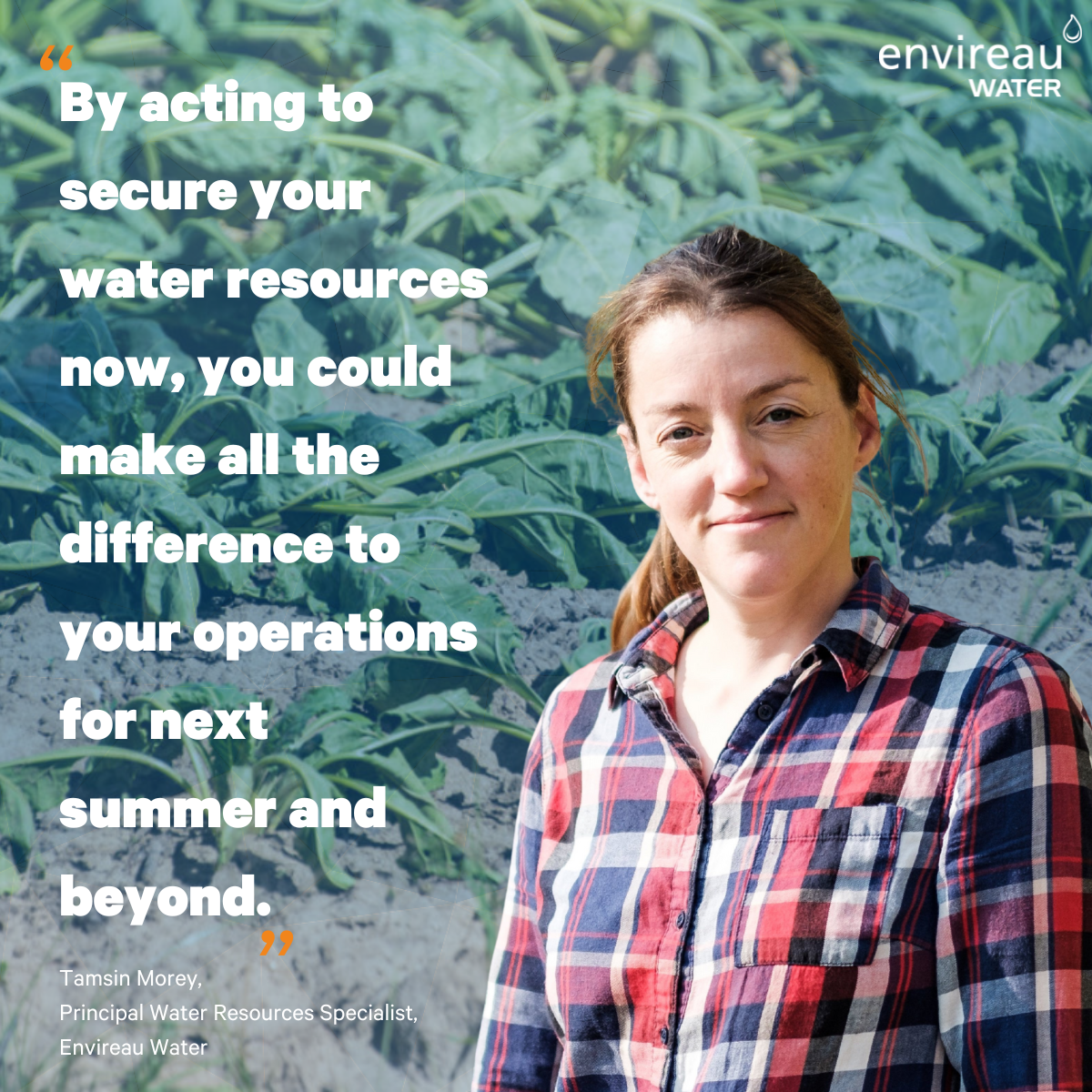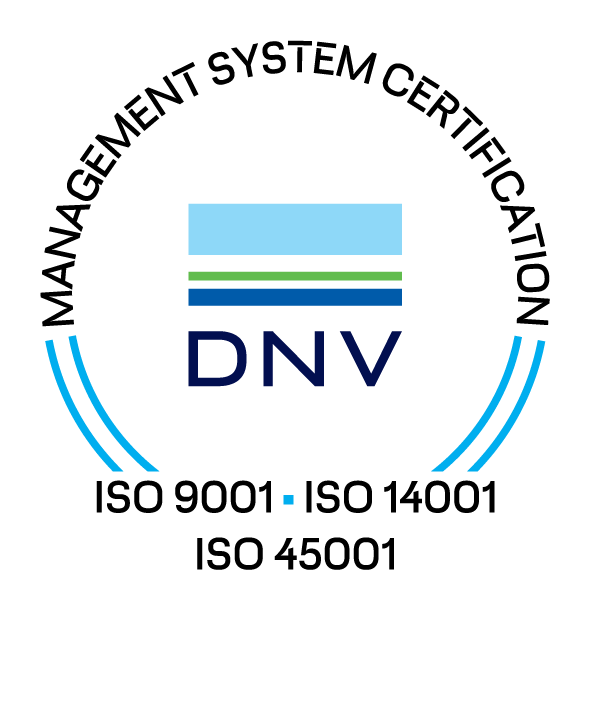World Environment Day 2025

Across the globe, plastic pollution is becoming an increasingly crucial topic, with an estimated 400 million tonnes being produced every year world wide.
While the focus is often on visible plastic (including bottles, bags, and packaging), a growing body of research is turning its attention to the invisible threat of microplastics and emerging contaminants, which are increasingly finding their way into water sources, food chains and even the air we breathe.
What are microplastics?
Microplastics are a growing threat to the health of our planet. Despite being barely visible, these tiny plastic particles account for roughly 8% of global plastic waste, a number that is set to increase in the coming years.
Where do they come from?
Microplastics are produced from a range of industries and sectors, from textiles and cosmetics to construction and agriculture. Originating from both the breakdown of larger plastic items in the environment and from the direct release of small plastic particles, also referred to as micro beads, microplastics can also enter the environment through surface water runoff, wastewater and other discharges - posing long term challenges to water quality.
What about emerging contaminants?
Another group of pollutants which are coming under increasing scrutiny are PFAS (Per-and polyfluoroalkyl substances) - often found in combination with microplastics and collectively referred to as 'forever chemicals' due to their persistence in the environment. Like microplastics, they can originate from many sources. Technological advances mean PFAS can be detected at very low levels and can often be found in drinking water and food and drink products.
What is being done to combat these invisible pollutants?
Regulatory developments are gaining momentum with legislation and/or guidance introduced in Europe and the UK to effectively monitor and/or control the use of microplastics and PFAS. Operators across all sectors need to stay abreast of the changing regulatory landscape and how it may impact their operations.
The Envireau Water Way
We are currently supporting several clients to understand and address challenges posed by microplastics, PFAS and other emerging contaminants.
Our team of experts maintain strong, longstanding relationships with regulatory and industry bodies, enabling us to remain at the forefront of regulatory changes and industry developments. By adopting a risk-based approach, this allows us to offer tailored guidance to support clients through a changing landscape.
Alongside changing regulations, many industries are actively reducing their plastic consumption to reduce the emergence of these invisible contaminants. From using recyclable alternatives to plastic-based materials, to investing in enhanced technology to capture microplastics before they enter water systems, innovative change and the enhancement of operations is increasing.
As we mark World Environment Day 2025, it is clear that there is not one single, easy solution. However, by encouraging practical innovation and by staying informed with the latest regulatory developments, we can support steady progress toward the shared goal of reducing environmental pressures and limiting our plastic consumption in line with this year's theme: BeatPlasticPollution.
About Envireau Water
Envireau Water is a team of expert water scientists and engineers who provide guidance on the management and regulation of natural water systems across the UK. By working collaboratively with our clients and the regulators, we deliver robust, sustainable solutions that meet the requirements of all stakeholders. With a loyal client base and our ability to work seamlessly throughout the four nations of the UK, many of our clients know us individually and trust us to find resolutions to their water problems for years to come.







